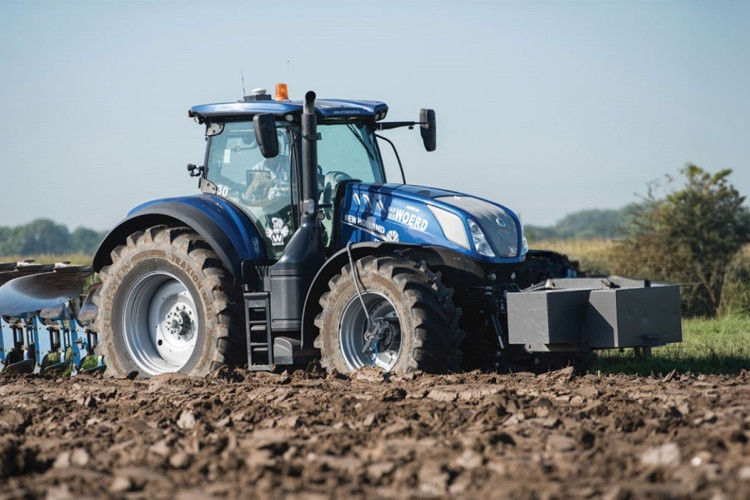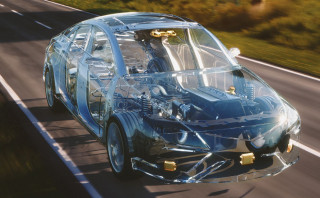Spotlight on Safety:Vision Zero
Worldwide, nearly 1.25 million people lose their lives on the roads every year. That’s an average of 3,287 deaths a day. If you’re aged between 15-29, you are more likely to die as the result of a road accident than by any other means (such as illness etc).
Here in New Zealand, 380 people lost their lives on the road in 2018, making it the worst year for a decade. Part of the issue might be associated with the change in WOF regulations, with checks for a large portion ‘Fleet NZ’ moving onto annual WOF checks, whereas they were previously checked every 6 months. It would certainly be a reasonable conclusion to draw, given the number of fatalities from accidents where some sort of vehicle failure was a factor, has risen from 5% to 15% in the last 5 years. The MTA has cited issues such as bald tyres being a major problem. One of the theories (which we would support) is that too many motorists are leaving it until WOF time for basic checks to be conducted that they should be doing themselves, at least on a monthly basis.
Whatever you believe to be behind the numbers, there’s no denying the issue is real and unacceptable. There simply should not be so many deaths on the road every year. Not when a lot of it is preventable.
But what is an acceptable number of road deaths? We agree with Continental. We think it should be zero.
Vision Zero
Zero fatalities. Zero injuries. Zero accidents. That’s the goal. We know you’ll be reading this and thinking that’s amazingly idealistic. Yes, it is. It’s very idealistic and we should settle for nothing less. In the words of Dr. Elmar Degenhart (who up to 2020 was Chairman of the Executive Board, Continental) “It’s time to put accidents in a museum. And that’s no longer a Utopian vision”.
Vision Zero is what drives Continental and it’s deeply embedded in their approach to business and where they put their money. Their level of R&D spending is unequalled. The goal isn’t to just make better products and incremental improvements. It’s to increase safety and innovate for the sake of safety.
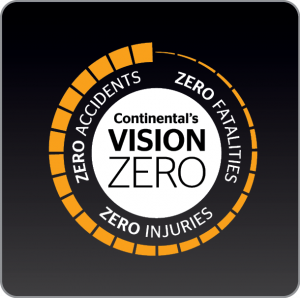
We’ll get back to what they’re doing shortly. But first we should note, this is not something they are doing on their own.
The Partners
Such an important goal would be impossible to achieve without the cooperation of multiple parties, including lobby groups, Governments and more.
Decade of Road Safety
Then United Nations Secretary-General, Ban Ki-moon, launched the Decade of Road Safety at the beginning of the 2010’s. It outlined the need to save millions of lives by building road management safety management capacity, improving road safety infrastructure, amongst other things. It laid forth a framework for policy, practices and advocacy to assist countries to reduce the death toll on the roads.
European Road Safety Charter
The European Commission leads the charge on the largest civil society initiative in road safety ever, with over 4000 interested parties committed to improving safety. The efforts here are all about changing culture and sharing ideas and practices.
Global NCAP
The coming together of international new car assessment programmes, Global NCAP shares the aspirational aim of Vision Zero, by promoting the adoption of vehicle safety standards. Global NCAP is an off-shoot of the UK registered charity, the Towards Zero Foundation.
UR:BAN
With projects split into 3 core areas (cognitive assistance, networked traffic systems and human factors in traffic), UR:BAN is all about the development of advanced driver assistance and traffic management systems for cities. UR:BAN is supported by over 30 partners from the automobile, electronics and technology industries.
1. Tyres
Let’s start with the tyres before we digress and hit you with all the other important stuff Continental is involved with. Their aim is to create the safest and most reliable tyres possible. And when it comes to safety, we believe tyres are often the most underappreciated factor. To prove just how important tyres are, Continental did a fascinating test. They took an old BMW and fitted it with new tyres. Then they took a new BMW and fitted it with old tyres (still brand new as regards tread depth but old in terms of tread pattern and construction material used). The old BMW, which had none of the modern safety features of the new BMW, performed better in tests. What does this tell us? It tells us tyres are critical to the performance of your car. The various safety features a modern automobile has need modern tyres to make the most of them.
2. Automotive
Back to Continental being more than a tyre company. You could say they are actually an Automobile Safety Company. That’s because they innovate in pretty much every area of the automobile. All these innovations have a part of play in keeping occupants safe from harm.
Emergency Brake Assist
Accidents often occur because there is no warning and insufficient reaction time afforded the driver. EBA (Emergency Brake Assist) is designed to aid accident avoidance through the use of visual and audible driver aids. So, if a vehicle was to cut in front of you, or the vehicle in front decelerates rapidly, a warning sign/sound is produced, providing the driver with advance warning and allowing more time for evasive action.
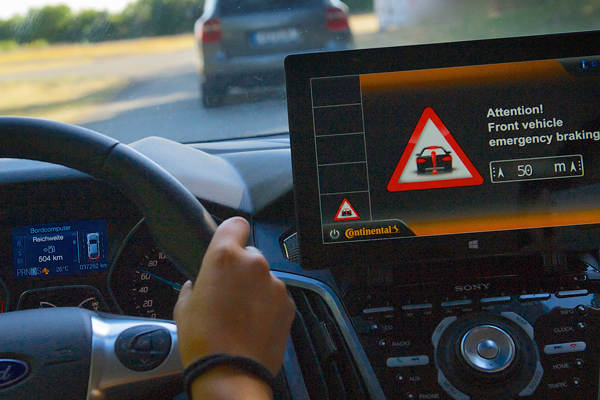
Lane Keeping Assist
A lateral control aid to help support the driver maintain the correct position within a given lane.
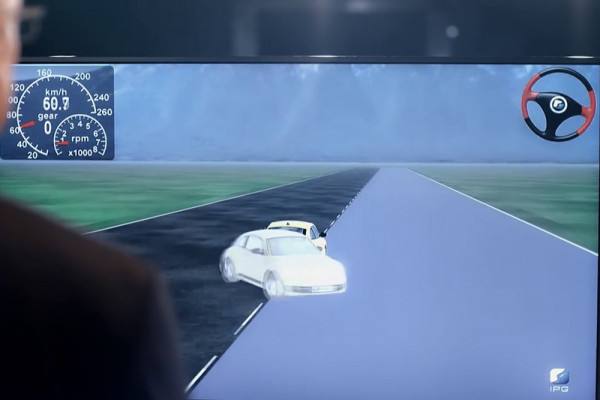
Electronic Stability Control
Helps to prevent skids and slides by applying selective braking forces to one or more of your vehicle's wheels. In situations where either under or over steer are sensed, the intervening measures can make all the difference between staying in control and losing control. ESC has been hailed as the most ground-breaking vehicle safey development since the seatbelt. Even though Continental found that tyre design still determines how well your ESC works, the fact remains that ESC saves a lot of lives each year.
AR Heads Up Display
One of the issues with current navigation systems is the need to look at a small screen, away from the road unfolding in front of you. Utilising augmented reality, you’ll benefit from guidance which superimposes navigational (and other) cues on your windscreen. For example. An arrow will flash up telling you which lane to get in on the motorway, or which turning to take as you make the way to places unknown.
eHorizon
Takes Augmented Reality a step further by using sensors to compile HD road date on the road ahead. Ladies & Gentleman - video games have made it to your windscreen. Only this isn’t a game. It’s a very complicated and highly detailed driving safety aid.
Pedestrian Protection System
A brilliantly simple idea that is cleverly executed. Upon impact with a pedestrian, the bonnet of the car will raise. This helps reduce the severity of the impact, especially with the hard engine block beneath the bonnet.
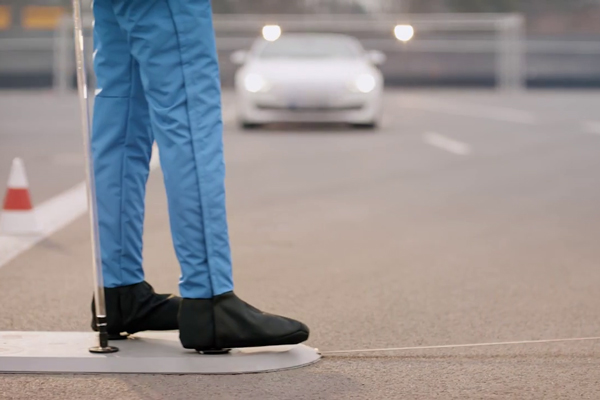
Rear Cross Traffic Alert
Two short range sensors monitor a 120 degree angle. If another vehicle is detected and a collision is imminent, an audible alarm is sounded, along with a warning LED light on the rear view mirror. Ideal for when reversing out of a car park space, the radar sensing cars you may not be able to see from your line of vision.
Adaptive Cruise Control
Does what you probably guess it does. Your set cruise control speed is automatically adjusted to react to a slower vehicle in front, or a car cutting in front of you in traffic.

Blind Spot Detection
A common feature on most new cars, a visual warning (usually on the side mirrors) alerts you to a vehicle in that annoying blind spot where you can’t see.
Intelligent Headlamp Control
The automatic switching between full and dipped beams. Safer for on-coming traffic (c’mon - we all forget to dip the lights occasionally) and removes the annoyance of the task for the driver.
Automatic Emergency Call
In case of an accident, an automated emergency call is placed. Has the potential to save lots of lives where the occupant is rendered unconscious in a crash and requires urgent medical attention.
Electro Hydraulic Braking
Think fast brakes. Very fast brakes with integrated ABS/ESC systems. Also saves weight and reduced C02 emissions.
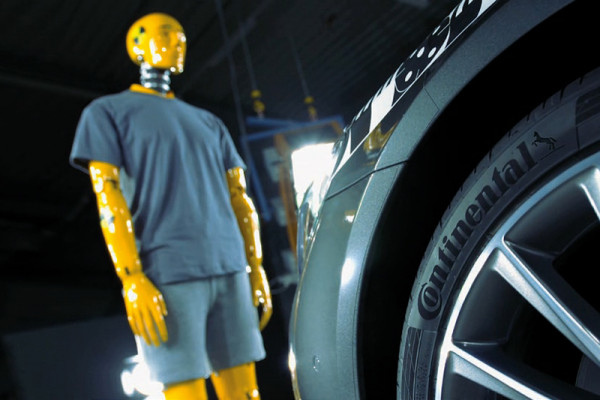
That’s quite a list. So it’s easy to see why we think of Continental as an Automotive Safety Company, not just a tyre company. We’re not done yet either. Yup - there’s more…
3. Driver
Part of Continental’s work is about raising awareness. All this new technology is only useful if people know about it and are made aware of better options for their safety. This is why Continental has partnered with Global NCAP on the Stop the Crash campaign, an international campaign for the widening and awareness of safety technology.
4. Infrastructure
With the impending launch of fully automated vehicles (yes - they are coming, like it or not) Continental is doing something incredibly sensible and easily overlooked. They’re talking with national and local authorities about the infrastructure needed to support autonomous vehicles, along with the accompanying legislation. It’s all about making sure the world is ready for the invention, rather than launching it and then catching up with the issues it may cause later.
Everything detailed above signifies a massive effort. We’ve long been admirers of Continental’s passion for safety and their commitment to making our roads safer. Spending some time trawling through everything they’re doing only reaffirms our belief in their product. But how well are they doing?
Are We There Yet?
The answer is obviously no. The roads remain a dangerous place and it's unlikely that’ll change anytime soon. That said, progress has and is being made. Let’s head to Sweden and to the hometown of Vision Zero.
The work Continental is doing is very much based on the introduction of the Zero Vision policy implemented in Sweden in 1997. They had much the same vision and goal, with the timeline calling for 0 fatalities by 2020. This has now been pushed back to 2050. That represents a more realistic timeline rather than any failure. For Sweden has already halved the number of road deaths through their work. What’s more, some individual towns in Sweden can talk of 0 deaths on their local roads. So, it’s working. It’s taking time but it is working.
Overall, even if the goal is a long way away, making progress towards it will be life-saving. That alone makes it a worthwhile endeavour.
Stay safe out there.
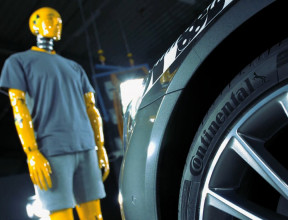
-
Topics:
- Road Safety
More tips and articles
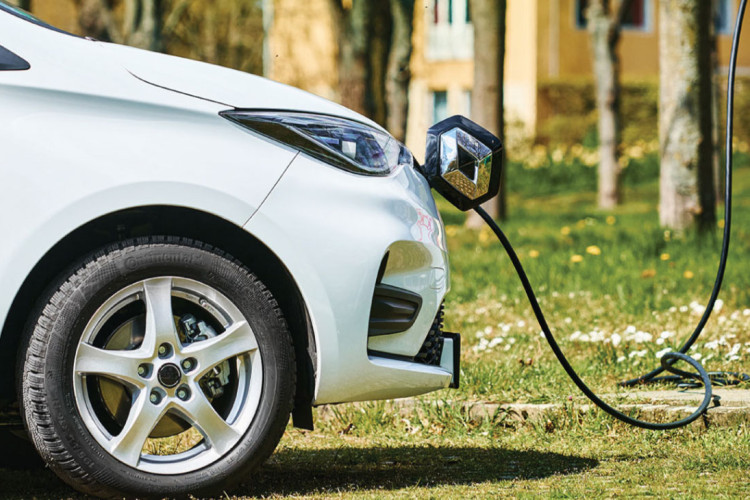
Tyres for Electric Vehicles
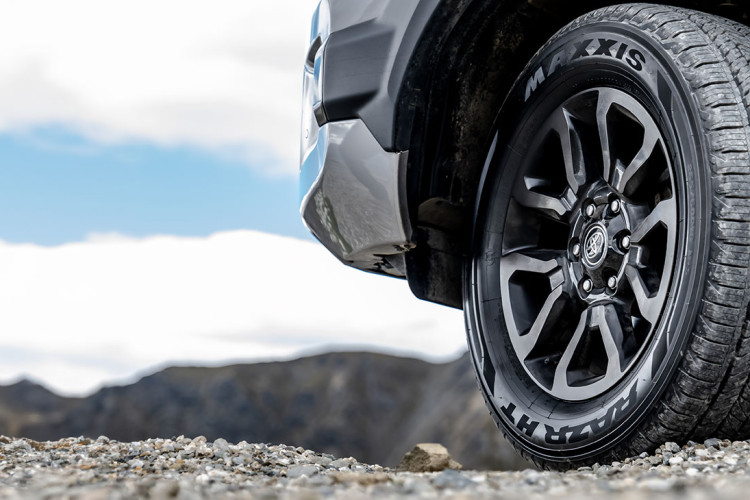
Product Spotlight:
Maxxis HT780 RAZR HT
